- Essays in Idleness
-
タトル出版 日販アイ・ピー・エス(DIP)
吉田兼好 ドナルド・キーン- 価格
- 2,090円(本体1,900円+税)
- 発行年月
- 2024年05月
- 判型
- A5変
- ISBN
- 9784805318546
この商品をご覧のお客様は、こんな商品もチェックしています。
- OD>日本文学散歩 OD版
-
価格:2,420円(本体2,200円+税)
【2003年06月発売】








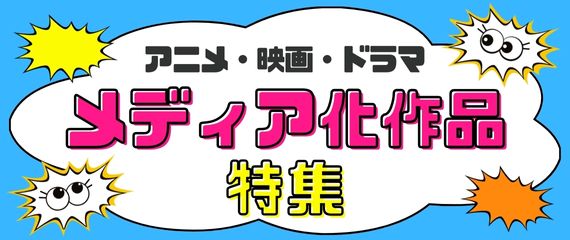
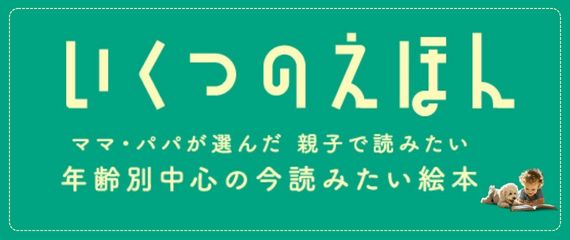

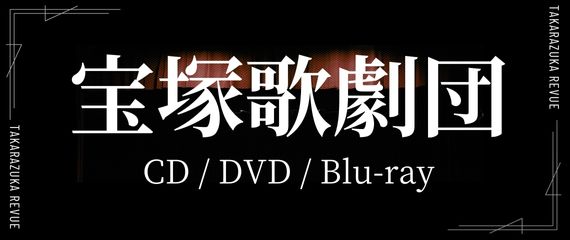

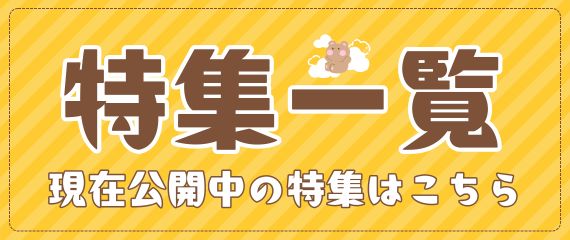
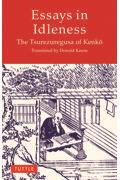








[日販商品データベースより]
Between 1330 and 1332 the Buddhist priest Kenk〓, having, as he put it, "nothing better to do," turned to his inkstone and brushes. He jotted down his thoughts, observations, and opinions; anecdotes that he found interesting, amusing, or instructive; accounts of customs and ceremonies―everything that seemed to him worthy of preservation. Donald Keene’s complete translation admirably presents this extraordinarily influential Japanese classic.
吉田兼好『徒然草』 ドナルド・キーンによる英訳版